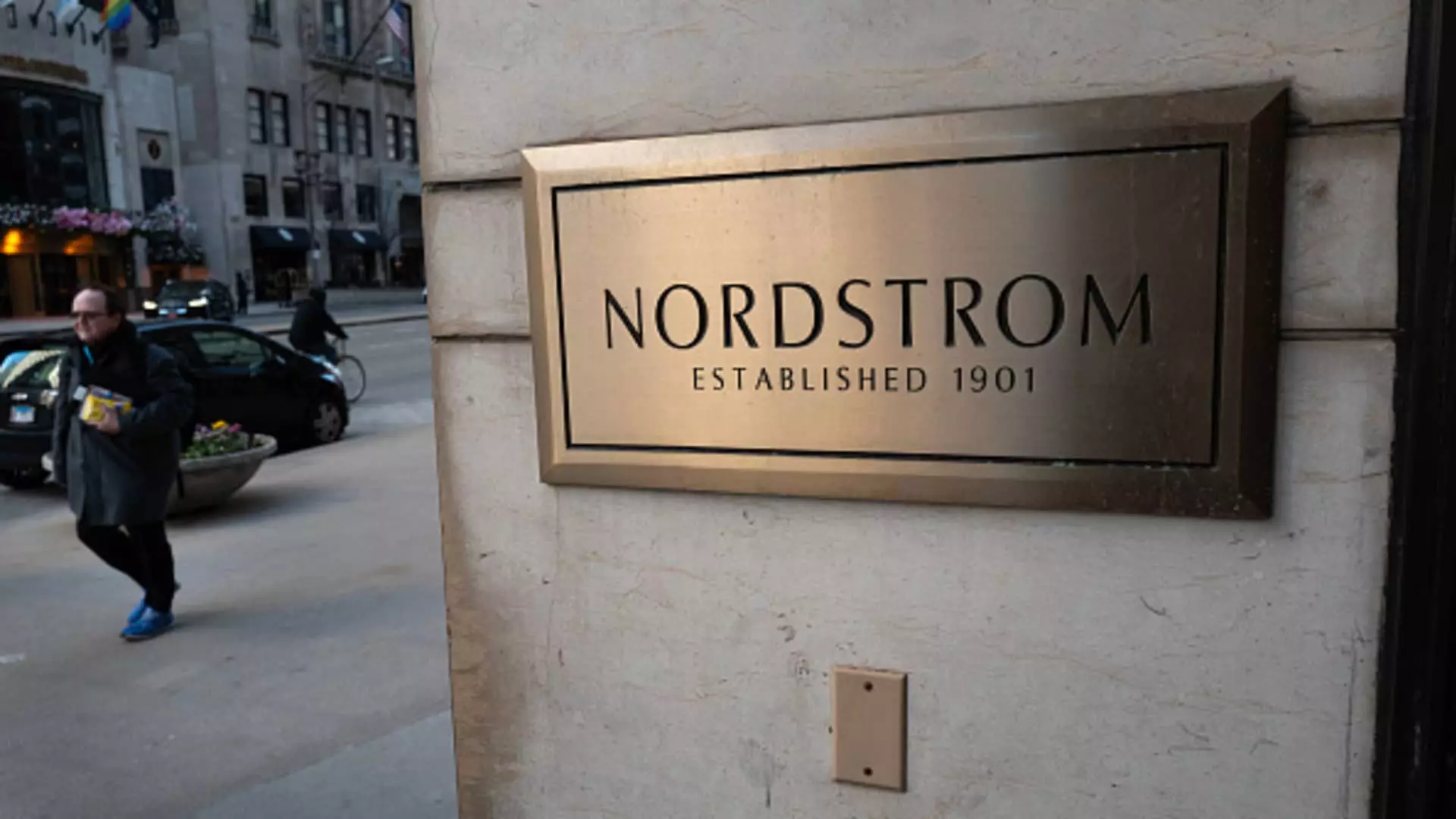On Monday, Nordstrom officially announced its transition into a private entity, a significant move that has been fueled by a $6.25 billion buyout agreement. This transaction marks a dramatic turning point for the department store, which has weathered various challenges since its inception in 1901 as a modest shoe store. The buyout, supported unanimously by the company’s board, entails a shared ownership structure wherein the Nordstrom family will retain 50.1% and El Puerto de Liverpool, a prominent Mexican retail firm, will control 49.9%. The closure of this deal is anticipated between the first and second quarters of 2025, paving the way for a fresh chapter in the seasoned retailer’s journey.
In light of this privatization, common shareholders will be compensated at a rate of $24.25 per share, illustrating a clear incentive for them to relinquish their stakes in the publicly traded company. Erik Nordstrom, CEO and a member of the founding family, articulated optimism about the future of the retailer, emphasizing the company’s commitment to its historical principle of enhancing customer experiences. However, it is essential to scrutinize how this shift will shape strategic decisions moving forward, especially considering the financial clouds that have loomed over Nordstrom in recent years.
Although the company reported a modest revenue growth of 4% in the most recent fiscal quarter, there is a marked concern regarding its ability to forecast sustained sales growth amidst a competitive retail landscape plagued by cautious consumer spending. With luxury retailers also experiencing pressures to adapt to evolving customer behaviors, Nordstrom’s strategy post-buyout will require keen insights and robust reimagining to thrive.
A Historical Context of Challenges
This isn’t the first attempt by the Nordstrom family to take the company private; a previous effort fell short in 2018, raising questions about the retailer’s long-term viability and strategic focus. In September, a per-share offer of $23 was proposed, which valued the company around $3.76 billion—indicative of a slower recovery trajectory following pandemic uncertainties. Despite the initial excitement that followed the Reuters report highlighting the family’s intentions to privatize, the recent decline in stock prices signals market skepticism that may persist.
The luxury retail sector’s performance has widely varied, forcing brands to reevaluate their value propositions. With competitors like Walmart and Target observing shifts in consumer spending focus, Nordstrom must align its offerings and marketing strategies with a more price-sensitive clientele.
As Nordstrom embarks on this new journey towards privatization, the primary challenge will be creating a sustainable business model that resonates with both existing customers and a broader audience. While increased familial ownership might enhance alignment in leadership decision-making, it remains imperative that the company adapts effectively to contemporary retail challenges.
The buyout presents both opportunities and hurdles for Nordstrom. The company must reconcile its storied past with the pressing need for innovation and flexibility in a continually evolving retail climate, ensuring it remains a beloved choice for consumers eager to enhance their shopping experiences.

